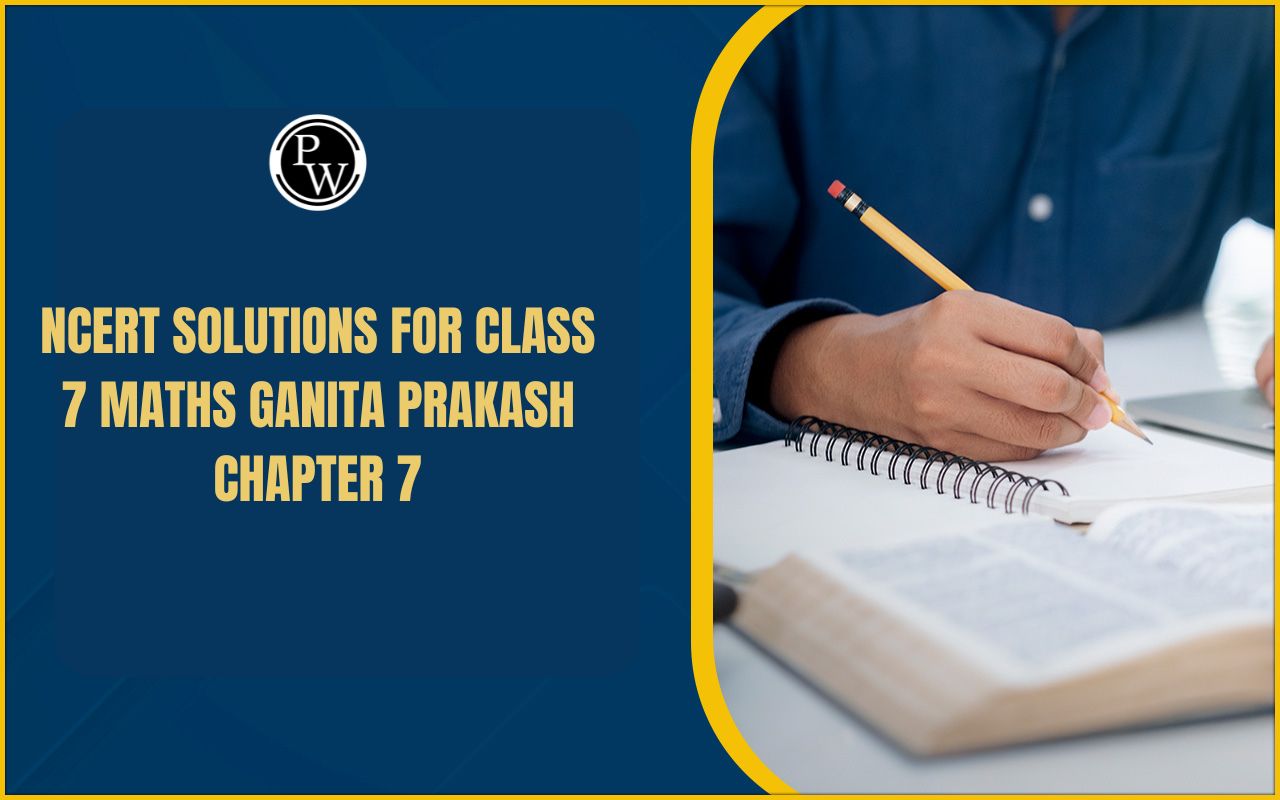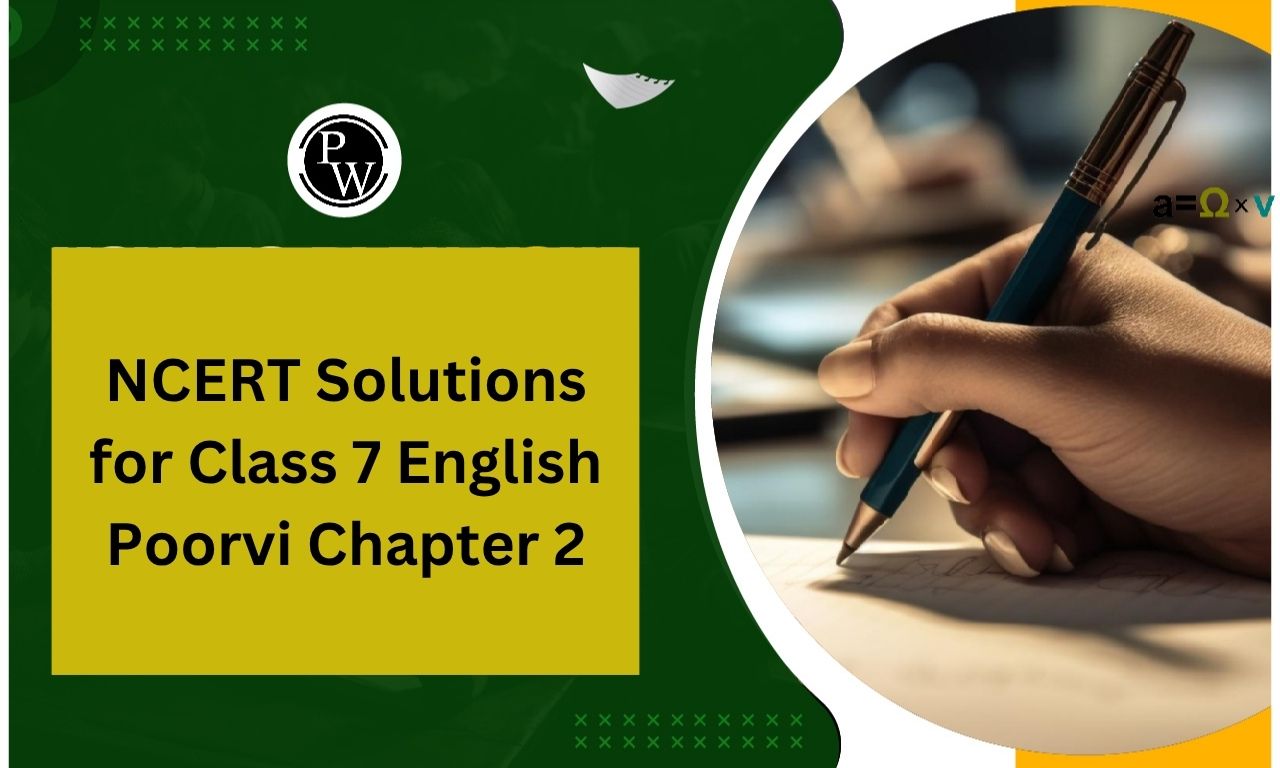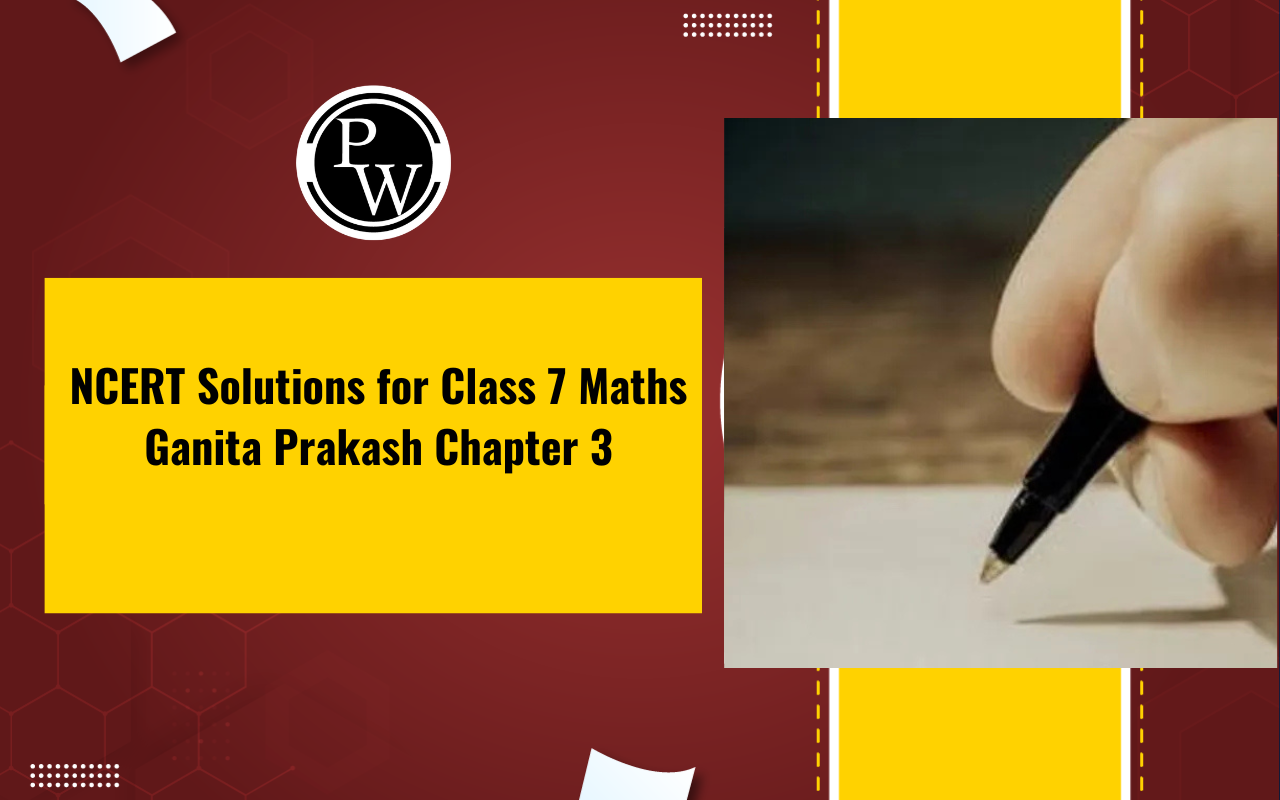
NCERT Solutions for Class 7 Social Science Chapter 10 The Constitution of India: An Introduction help students understand the foundation of Indian democracy. This chapter explains what a constitution is, why we need it, and how India’s Constitution was framed.
It highlights influences from the freedom struggle, civilisational heritage, and global ideas. Students also learn about key features like Fundamental Rights, Duties, and the Preamble. The chapter is important as it builds awareness of citizenship, justice, equality, and democracy.
Class 7 Social Science Chapter 10 NCERT
Chapter 10 The Constitution of India: An Introduction introduces students to the foundation of India’s democracy. It explains what a constitution is and why every country needs one as a guiding rulebook.
The chapter describes how the Indian Constitution was framed by the Constituent Assembly under Dr. B.R. Ambedkar, drawing inspiration from India’s freedom struggle, civilisational heritage, and ideas from other democracies.
It highlights key features such as Fundamental Rights, Duties, Directive Principles, and the Preamble. This chapter is important as it helps students understand citizenship, justice, equality, and the living nature of the Constitution.
Class 7 Social Science Chapter 10 Question Answers
Find the NCERT Solutions for Class 7 Social Science Chapter 10 The Constitution of India: An Introduction below. These solutions cover all textbook questions and activities in a clear, simple manner. Students can check the answers given below to strengthen their understanding of the Constitution and its key features.
1. What is a constitution, and why do we need one?
A constitution is a written document that lays down the basic principles, values, and laws of a country. It defines the framework of government, the roles of its three organs (legislature, executive, judiciary), the rights and duties of citizens, and the guiding principles for governance.
We need a constitution because it acts like a rulebook for the country.
It prevents misuse of power, that makes sure fairness, protects the rights of citizens, and provides a common set of laws that everyone agrees to follow. Without a constitution, there would be confusion, disputes, and unequal treatment.
2. How was the Indian Constitution prepared?
The Indian Constitution was prepared by the Constituent Assembly, which was formed in 1946. It had 389 members initially (later 299 after Partition), including leaders, lawyers, and social reformers from across India.
The Drafting Committee was chaired by Dr. B.R. Ambedkar. The Assembly worked for nearly three years (1946–1949), debating and refining the draft. Finally, the Constitution was adopted on 26 November 1949 and came into effect on 26 January 1950 (Republic Day).
3. How did our freedom struggle and civilisational heritage influence the Constitution?
-
Freedom Struggle Influence: The fight against British rule gave us ideals like equality, justice, liberty, and fraternity. Leaders such as Gandhi, Nehru, and Ambedkar ensured that these ideals became the foundation of the Constitution. For example, universal adult franchise, fundamental rights, and democracy came directly from the freedom movement.
-
Civilisational Heritage Influence: Indian culture values pluralism, tolerance, duty towards society, respect for women, and the belief in vasudhaiva kutumbakam (“the world is one family”). These principles shaped provisions like Fundamental Duties, secularism, and the idea of unity in diversity in the Constitution.
4. What are the key features of the Constitution of India? Why is it still relevant, even though it was written more than seventy years ago?
Key features include:
-
World’s largest written constitution.
-
Parliamentary democracy and separation of powers.
-
Federal system with central, state, and local governments.
-
Fundamental Rights and Duties.
-
Directive Principles of State Policy (social and economic goals).
-
Independent judiciary.
-
A Preamble that defines guiding values like justice, equality, liberty, fraternity, secularism, and democracy.
It is still relevant today because it is a living document. It provides a framework that adapts to changing times through amendments while keeping core principles intact. Issues like equality, freedom, justice, and democracy remain just as important today as they were in 1950.
Class 7 Social Science Chapter 10 Question Answers (Page - 227)
Know the NCERT Solutions for Class 7 Social Science Chapter 10 The Constitution of India: An Introduction (Page 227) given below.
These solutions are written in a clear and student-friendly manner. Check the answers provided here to strengthen your understanding and prepare effectively for exams and revisions.
1. “The Constituent Assembly had representatives from diverse backgrounds in India.” Why do you think it was important to have a diverse set of representatives from all over India?
It was important because India is a vast country with different regions, languages, religions, and communities. A diverse set of representatives ensured that the Constitution reflected the needs, traditions, and aspirations of all groups of people. This helped in creating a document acceptable and fair to every section of society.
2. Read the statements below carefully and identify which key features / values in the Constitution of India are reflected in each statement.
a. Sheena, Rajat, and Harsh are standing in a line. They are excited to cast their first vote in the general elections.
- Reflects Democracy and Universal Adult Franchise.
b. Radha, Imon, and Harpreet study in the same class in the same school.
- Reflects Equality.
c. Parents must make arrangements to ensure their children’s education.
- Reflects Fundamental Duty and the Right to Education (Article 21-A).
d. People of all castes, genders, and religions can use the village well.
- Reflects Right to Equality (Article 14) and Fraternity.
3. It is said that ‘All citizens in India are equal before the law’. Do you think this is a fact? If yes, why? If not, why not? Formulate your arguments.
Yes, this is a fact because the Constitution guarantees equality before law under Article 14. No person can be discriminated against based on caste, religion, gender, or wealth. However, in practice, social and economic inequalities sometimes still exist. While the law treats everyone equally, society has to continue working to reduce discrimination and ensure true equality.
4. You have learnt that ‘India is the only country that provided universal adult franchise to its citizens from the beginning.’ Can you explain why India did it?
India chose universal adult franchise from the very beginning to ensure true democracy and political equality. The leaders of the freedom struggle strongly believed that every adult, regardless of caste, gender, literacy, or wealth, should have the right to vote. This was also inspired by the principles of equality and justice that guided the Constitution.
5. How did the freedom struggle inspire the making of the Constitution of India? How did India’s civilisational heritage inspire some of the key features in the Constitution of India? Explain.
-
Freedom struggle: The fight against British rule taught the importance of equality, liberty, justice, and fraternity. Leaders of the struggle carried these values into the Constitution, by making sure fundamental rights and democratic governance.
-
Civilisational heritage: Indian culture has always valued tolerance, respect for diversity, duty towards society, and the idea of vasudhaiva kutumbakam (the world is one family). These ideals were included in the Constitution through provisions like Fundamental Duties, secularism, and the emphasis on pluralism.
6. Do you think we, as a society, have achieved all the ideals of the Constitution? If not, what can we each do as citizens to move our country closer to these ideals?
No, we have not yet achieved all the ideals. Social inequality, discrimination, and corruption still exist. As citizens, we can:
-
Respect and practise equality in our daily lives.
-
Fulfil our Fundamental Duties (e.g., protecting the environment, respecting national symbols).
-
Raise our voice against injustice.
-
Participate actively in democracy by voting and staying informed.
-
Promote unity and harmony among different groups.
7. Read the clues carefully to solve the crossword on the next page to uncover important concepts from the Indian Constitution.
Across
2. Legislature
7. Fundamental Duties
8. Supreme Court
9. Republic
10. Amendment
Down
-
Constituent Assembly
-
Preamble
-
Constitution
-
Helium
-
Fundamental Rights
Benefits of Using NCERT Solutions for Class 7 Social Science Chapter 10
Using NCERT Solutions for Class 7 Social Science Chapter 10 helps students understand concepts clearly, practice these answers, and prepare effectively for exams. These solutions follow the textbook closely, making learning easier and reliable. They also improve answer-writing skills and build a strong foundation for higher classes. Check below.
1. Clarity of Key Concepts
NCERT solutions explain the difficult ideas of Chapter 10 in simple language. This chapter often deals with political, social, or economic themes (like state governance, social justice, or historical developments), and the solutions break them down into step-by-step explanations so students clearly understand the main points.
2. NCERT-Aligned
Since the solutions are based strictly on the NCERT textbook, they cover the exact questions asked at the end of the chapter. Students don’t need to worry about studying unnecessary material; the focus remains aligned with the prescribed CBSE Class 7 syllabus.
3. Better Exam Preparation
Class 7 Social Science exams are usually directly based on textbook questions. By practicing NCERT solutions, students become confident about answering both short and long questions in the exam with proper structure.
4. Improves Answer-Writing Skills
The solutions provide model answers that follow the NCERT style - precise, to the point, and conceptually strong. This helps students learn how to frame their answers in exams to score maximum marks.
5. Time-Saving and Reliable
Students often get confused about how much detail to write. NCERT solutions give them a ready reference with the right depth of explanation, saving time and reducing the chances of writing irrelevant content.
6. Helpful for Activities and Exercises
Chapter 10 usually has in-text activities, map-based work, or “Figure it Out” type exercises. NCERT solutions provide guidance for these tasks, which are important for class tests and assignments.
7. Builds Strong Foundation for Higher Classes
The concepts in Class 7 Social Science are the base for Class 8, 9, and 10. Using NCERT solutions ensures that students grasp the fundamentals correctly, which will help them in future studies.







